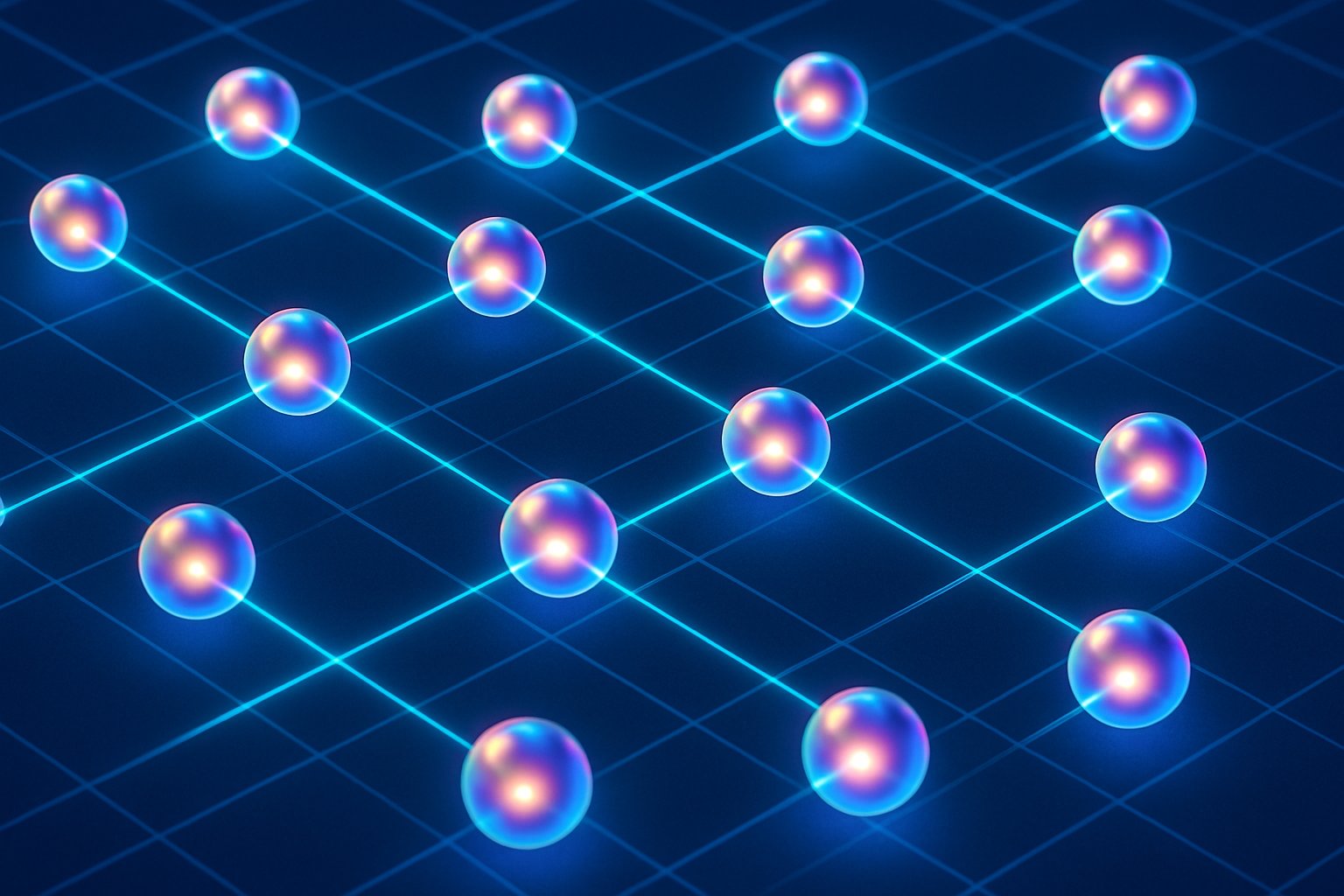
AI CERTS
3 hours ago
Caltech’s 6,100-Qubit Leap Marks Quantum Computing Milestone
Furthermore, it highlights remaining hurdles that stand between laboratories and market-ready quantum platforms. Every insight flows from the Nature paper and subsequent press briefings. Readers will discover why size no longer automatically sacrifices fidelity. Meanwhile, the momentum of September 25 achievement already fuels new funding pitches.
Breaking The Scale Barrier
Scaling neutral-atom systems previously meant wrestling with optical stability and atom loss. In contrast, the Endres team built two spatial-light-modulated arrays totaling 11,998 traps. They loaded an average of 6,139 cesium atoms per experimental cycle, achieving 51.2% filling with just 1.13% variation. Therefore, the group shattered the previous neutral-atom count ceiling by an order of magnitude.

Media outlets quickly labeled the record a September 25 achievement despite publication happening one day earlier. Nevertheless, the branding stuck and now anchors funding decks and conference keynotes. Importantly, the experiment constitutes a quantum computing milestone acknowledged across competing laboratories.
This section showed rapid scaling without massive coherence loss. Subsequently, we will dissect the exact performance metrics that enabled that leap.
Core Technical Metrics Unveiled
Precise benchmarks validate the headline numbers. Single-qubit Clifford fidelity reached 99.9834%, beating many superconducting platforms. Moreover, imaging survival stood at 99.98952%, while imaging fidelity hit 99.99374%. T2 coherence time extended to 12.6 seconds using XY16 decoupling; T1 reached 119 seconds. Consequently, each atom supports millions of gate cycles before decoherence dominates.
- 6,100 trapped qubits in one optical-tweezer array
- 12.6-second T2 under dynamical decoupling
- 99.9834% single-qubit gate fidelity
- 99.99374% state-readout fidelity
- 22.9-minute trap lifetime allowing complex sequences
These figures exemplify exceptional accuracy that rivals or exceeds leading alternatives. Such exceptional accuracy rivals superconducting counterparts. Analysts highlighted that such numbers cement the event as another quantum computing milestone.
Metric transparency confirms the hardware delivers both scale and precision. However, coherence and fidelity need context, addressed in the next section.
Coherence And Accuracy Fusion
Longer coherence broadens algorithmic depth, yet only matters when control remains sharp. Caltech fused both by employing far red-detuned tweezers that minimized photon scattering. Additionally, composite microwave pulses reduced sensitivity to global amplitude errors. Scientists then validated uniform performance across thousands of sites with randomized benchmarking. The result embodied truly exceptional accuracy across the vast lattice.
Extended Quantum State Lifetime
The team demonstrated long-lasting superposition for 12.6 seconds, a room-temperature record. Moreover, coherent transport over 610 micrometers preserved phase with 99.953% fidelity. Such mobility enables their proposed zone architecture, crucial for error-corrected quantum progress. Consequently, long-lasting superposition paired with transport hints at scalable logical operations. Extended lifetimes elevate the demonstration from novelty to recognized quantum computing milestone.
Coherence and accuracy now coexist over unprecedented distances. Next, we consider what that fusion means for practical error correction schemes.
Implications For Error Correction
Fault-tolerant quantum processors need physical error rates below one percent and abundant qubits. Caltech’s fidelities approach that threshold, while the qubit count supplies raw material for codes. In contrast, many rivals still struggle above three percent error. Therefore, analysts frame the experiment as crucial error-corrected quantum progress toward useful machines. They argue the quantum computing milestone accelerates schedules for demonstrating logical qubits.
However, the paper did not show two-qubit gates at full array scale. Surface code simulations suggest millions of gates and mid-circuit measurements are still required. Professionals can enhance their expertise with the AI-Quantum Specialist™ certification to keep pace with these demands. Meanwhile, industry teams plan follow-up studies integrating Rydberg two-qubit gates and syndrome extraction.
The array provides ingredients for logical qubits but lacks complete recipes. Subsequently, we examine how investors and academics interpret that gap.
Industry And Academic Reactions
QuEra, Pasqal, and ColdQuanta executives publicly praised the September 25 achievement as validation of neutral atoms. Nevertheless, they cautioned that commercial racks need turnkey optics and automated calibration. Endres countered that their design already slashes laser power per qubit compared with 2023 prototypes. Furthermore, academic peers at Harvard and ICFO welcomed the data yet demanded entanglement scaling evidence. Independent theorists labeled the coherence result a quantum computing milestone that forces revised error budgets.
Reactions confirm excitement yet stress engineering realities. Consequently, the next section outlines those technical hurdles.
Future Engineering Challenges Ahead
Moving from laboratory optics to deployable modules requires compact lasers, stable SLMs, and manufacturable vacuum chambers. Moreover, deterministic loading must rise above the current 51% filling fraction. Long-lasting superposition will help, yet active rearrangement algorithms and reservoirs are still essential. Exceptional accuracy also needs to extend to two-qubit gates executed in parallel stripes of the lattice.
In contrast, superconducting vendors grapple with cryogenic complexity rather than atom loading. Therefore, competitive pressure will likely accelerate cross-platform benchmarking campaigns. The quantum computing milestone described here thus becomes a moving target for every architecture. Finally, Caltech plans to integrate entangling gates within a year, aiming for demonstrable error-corrected quantum progress.
Challenges are tangible yet clearly mapped. Next, we close by synthesizing the business and research implications.
Key Takeaways And CTA
Caltech’s 6,100-qubit array signals a pivotal quantum computing milestone for scale, coherence, and control. Consequently, investment momentum and academic curiosity have surged worldwide. Nevertheless, deterministic loading, parallel entanglement, and automated optics must still mature before enterprise deployment. Professionals craving leadership roles in this field should pursue the AI-Quantum Specialist™ certification and stay updated on September 25 achievement updates. Explore additional briefings, attend upcoming workshops, and contribute to long-lasting superposition research.



